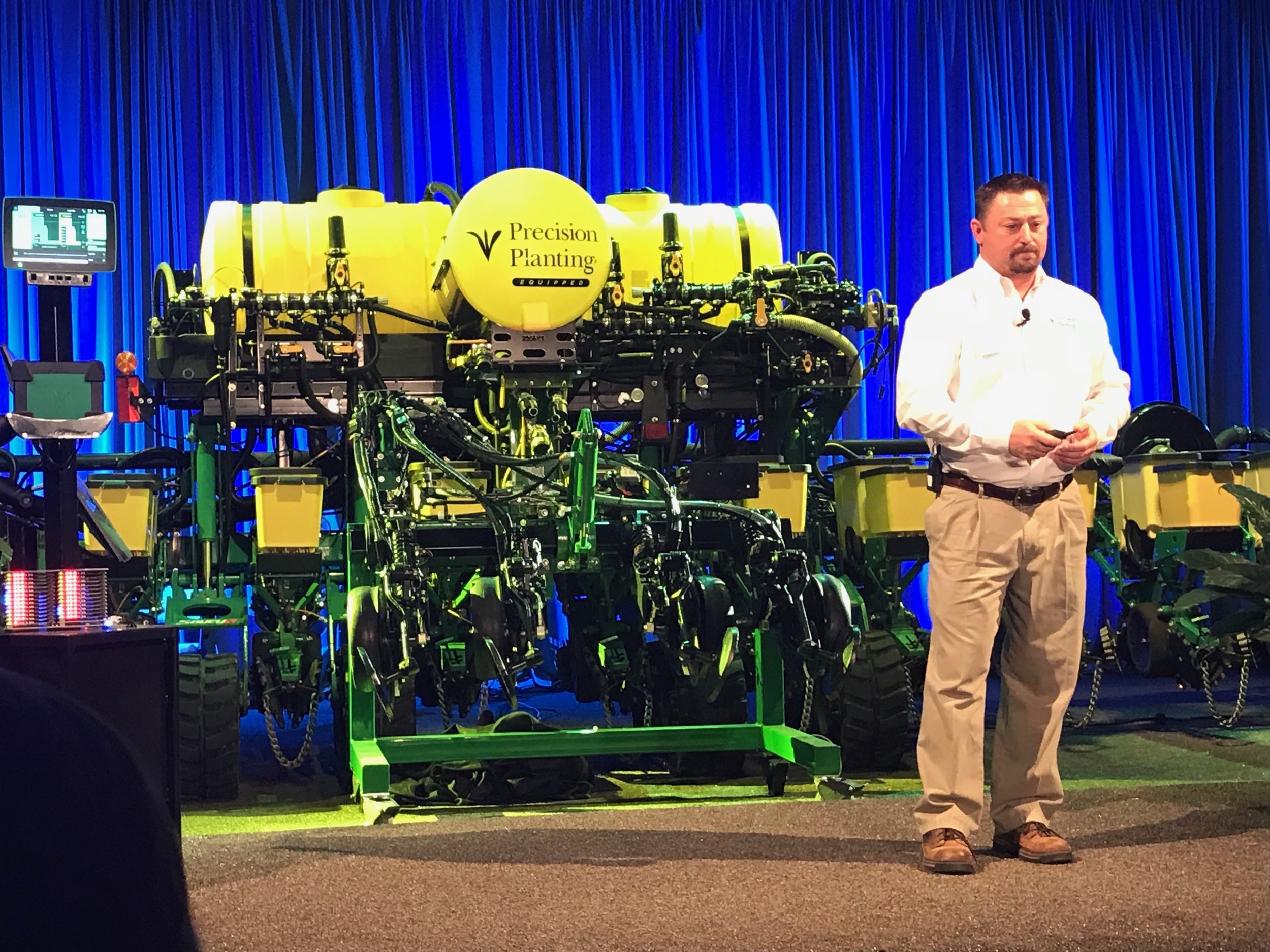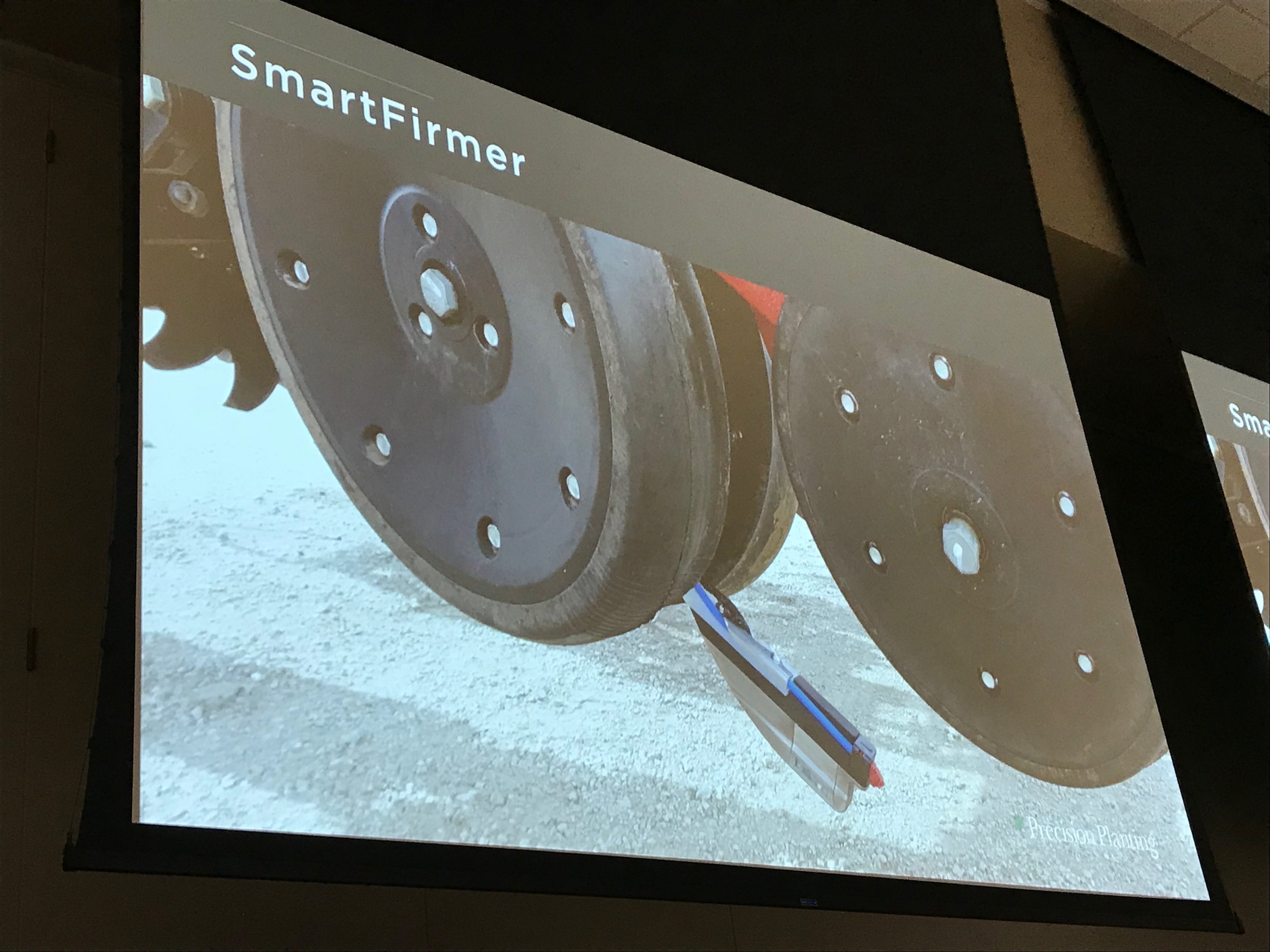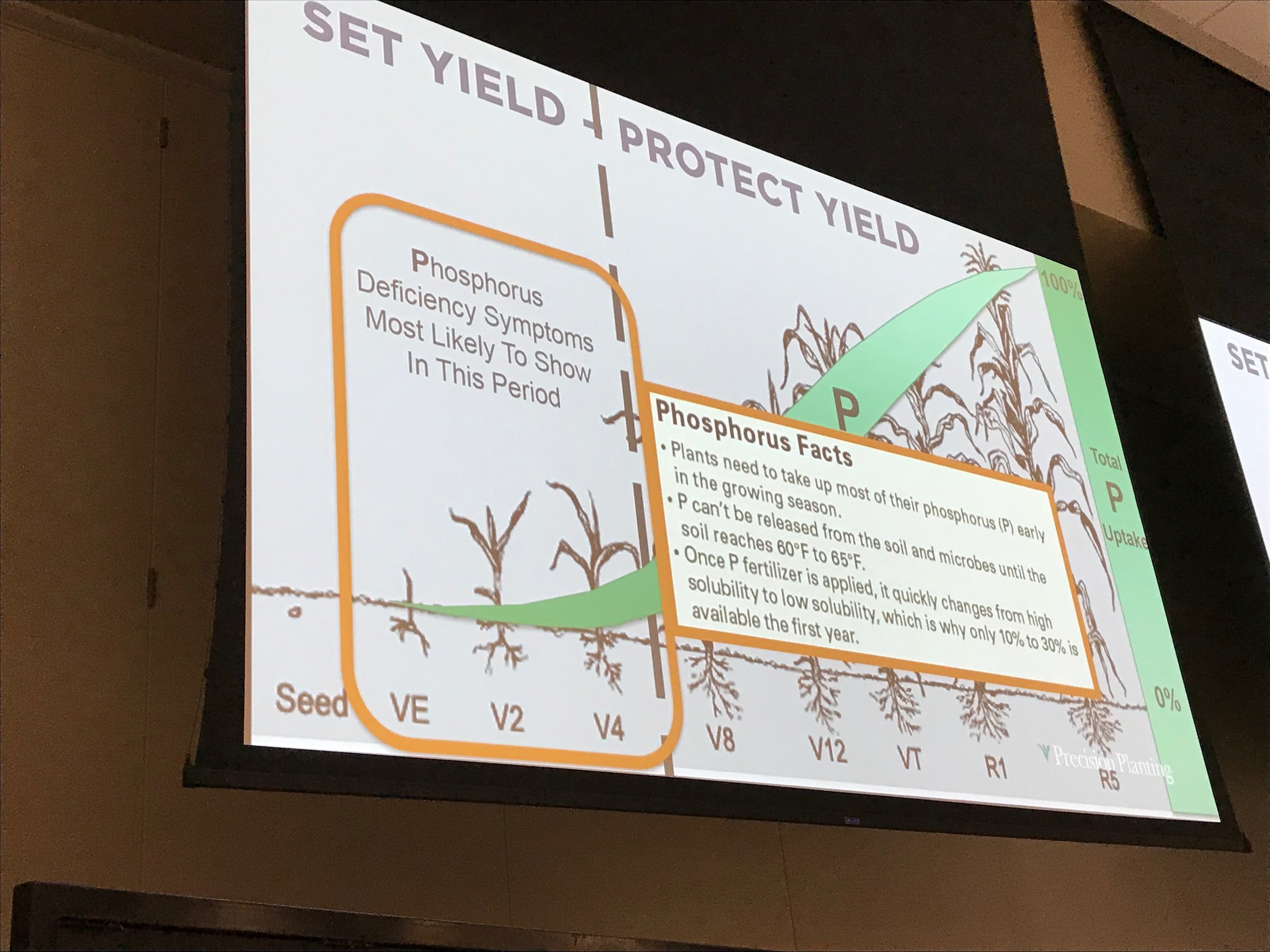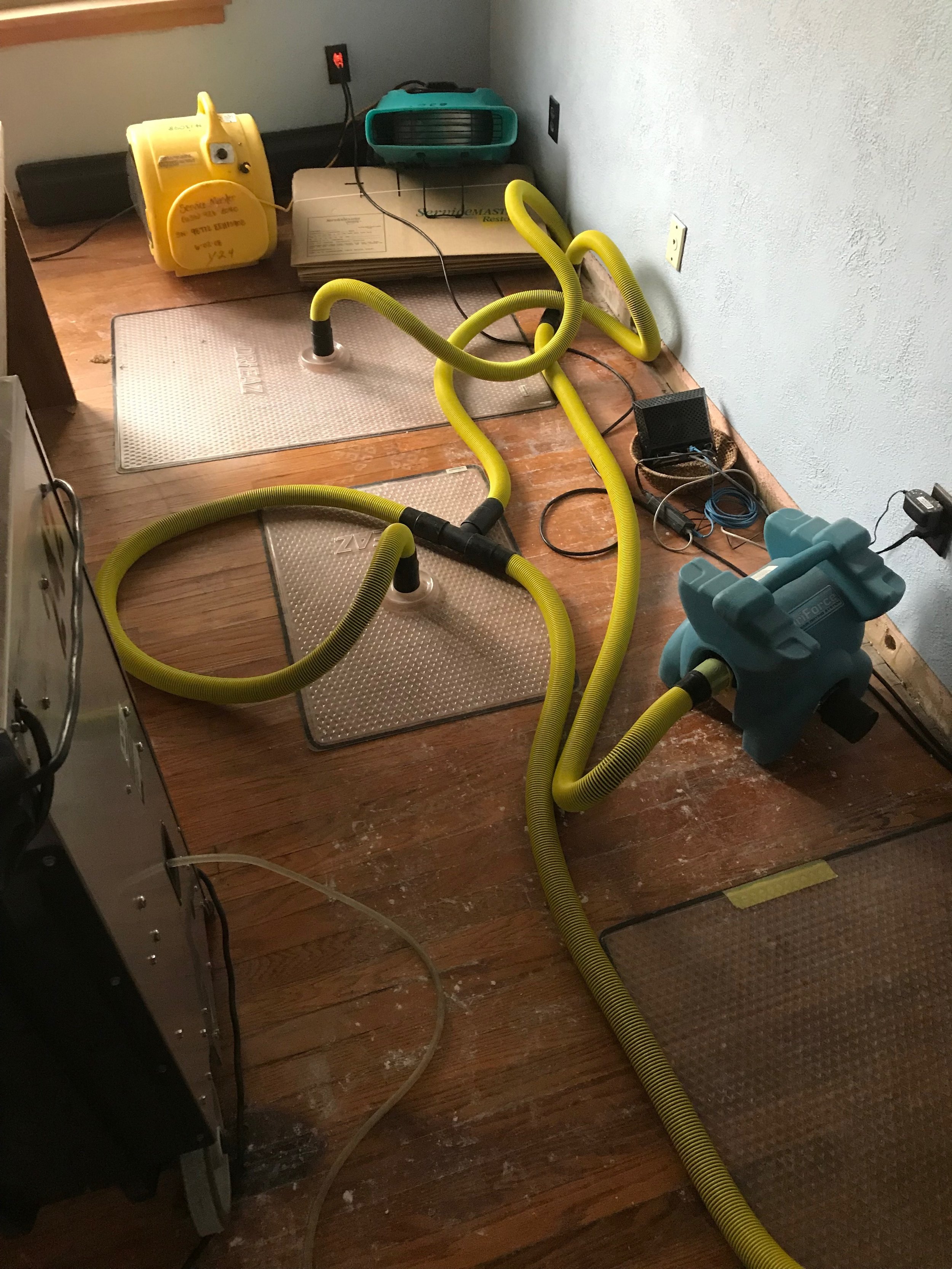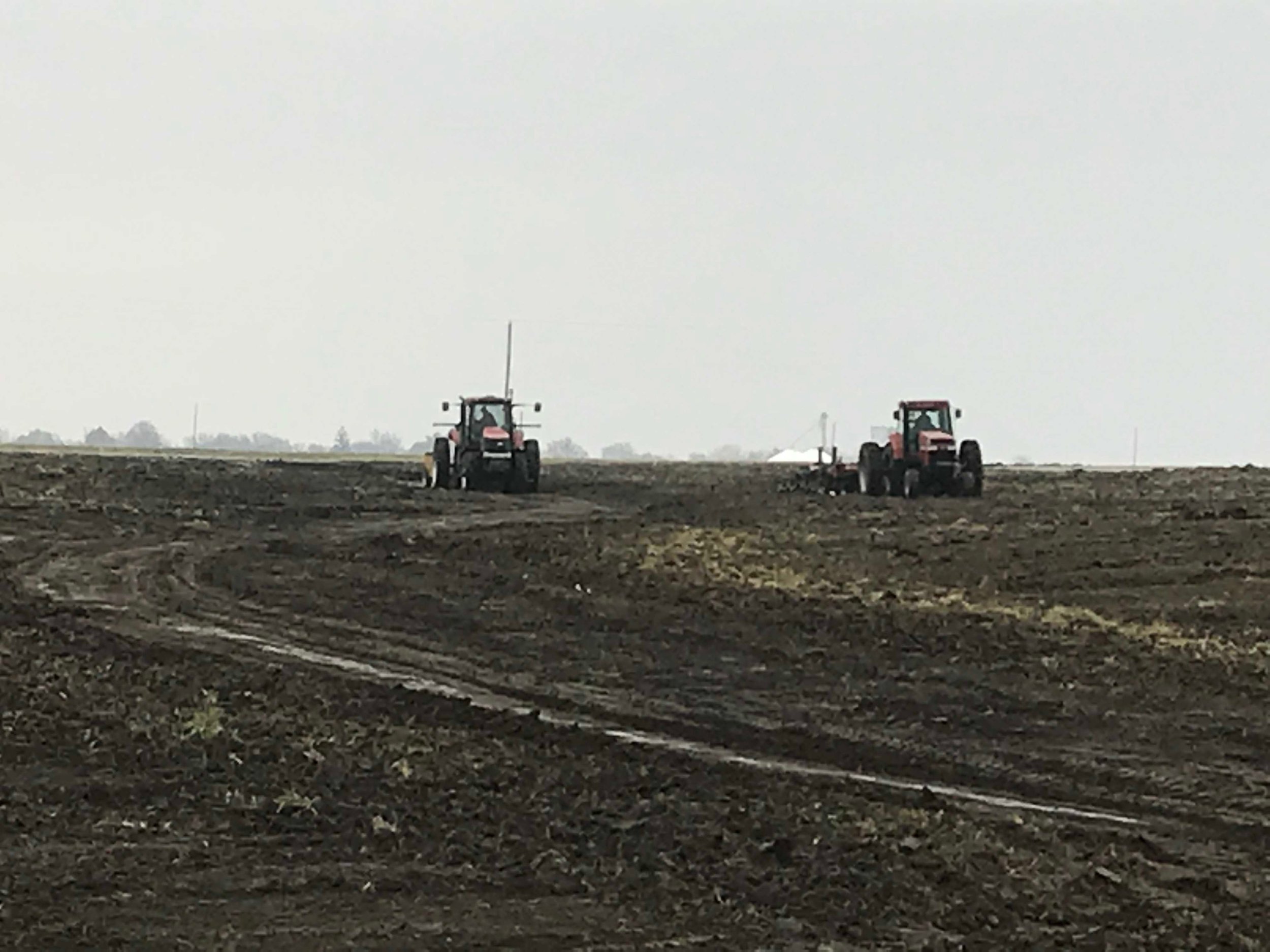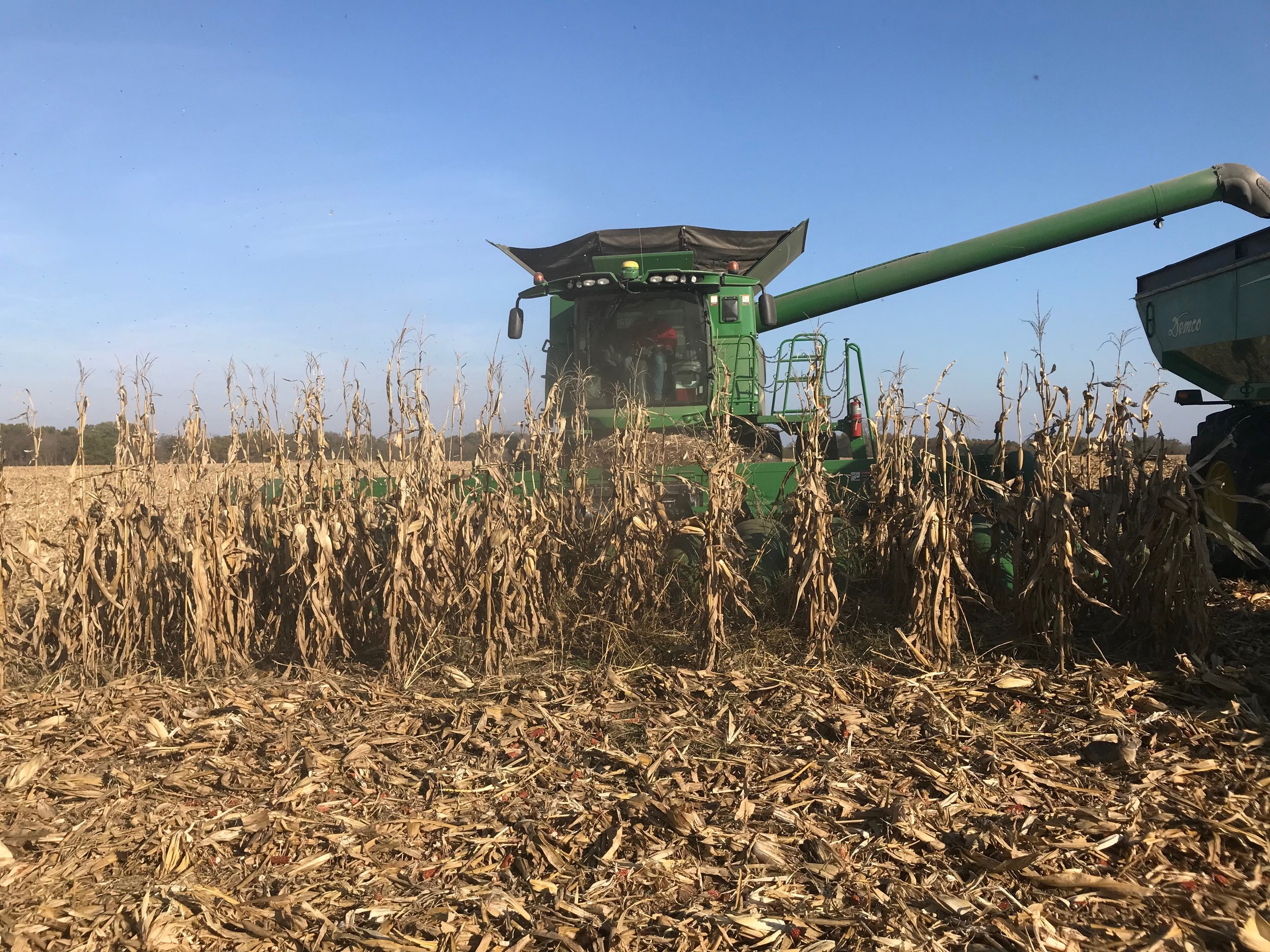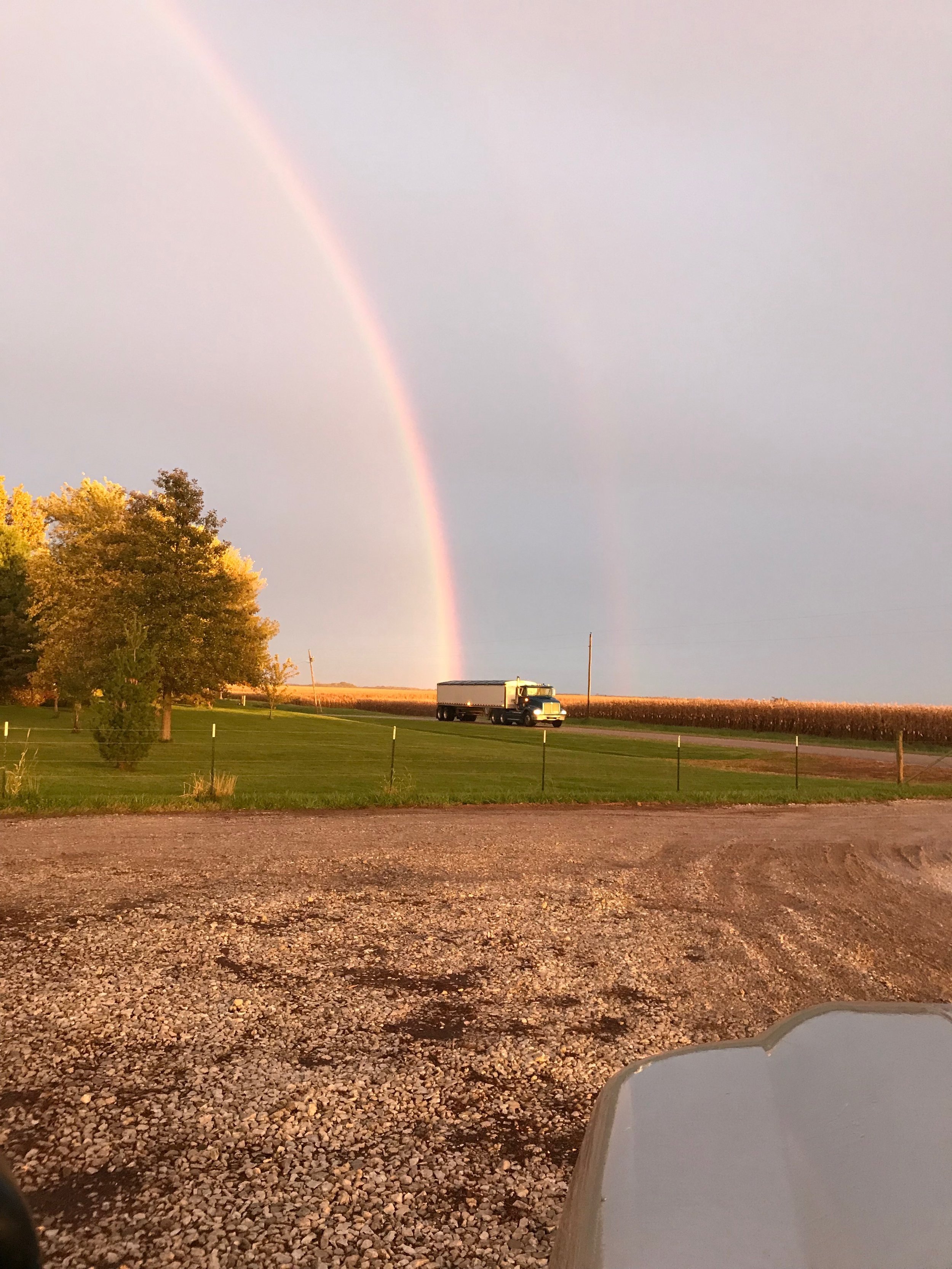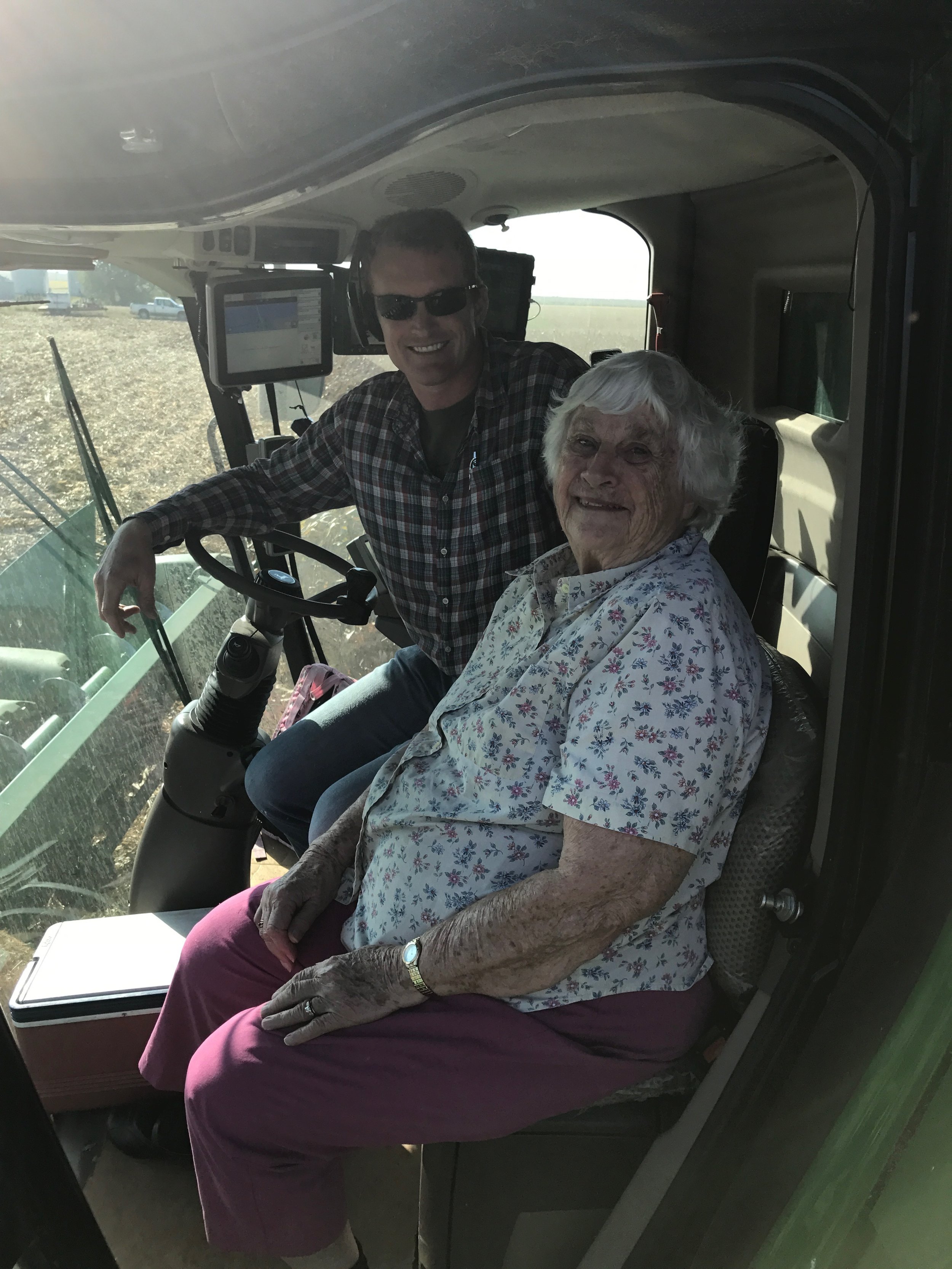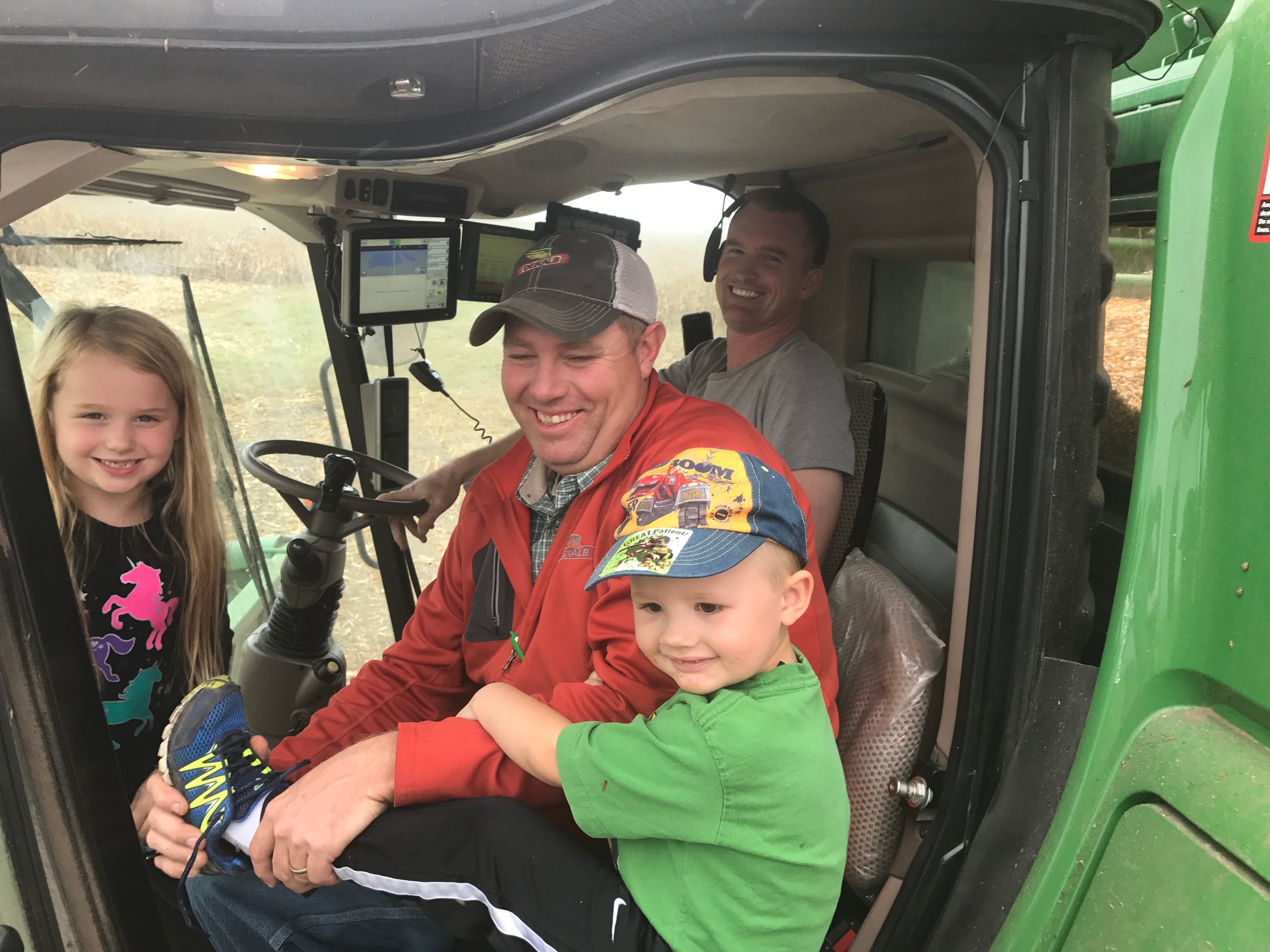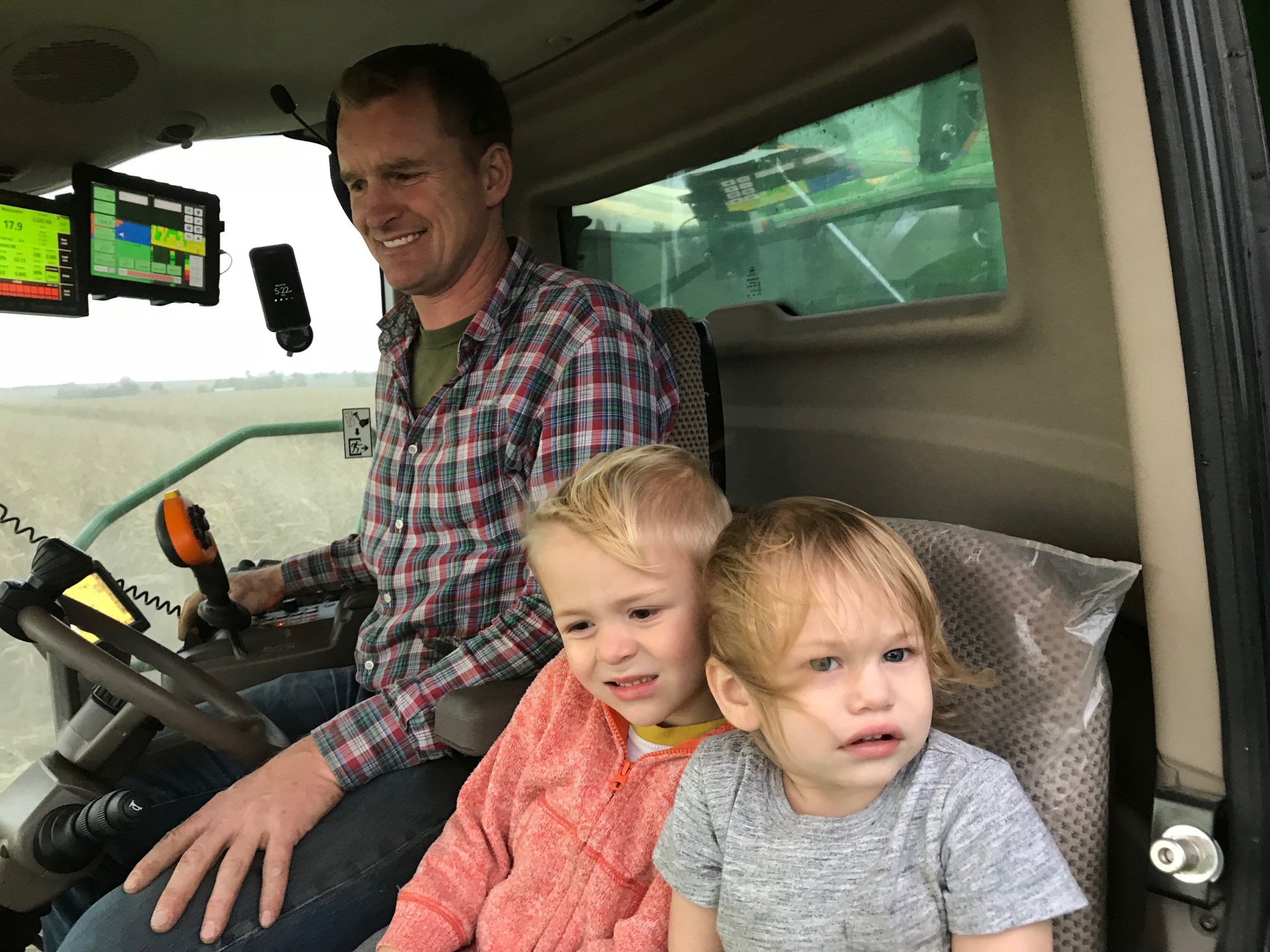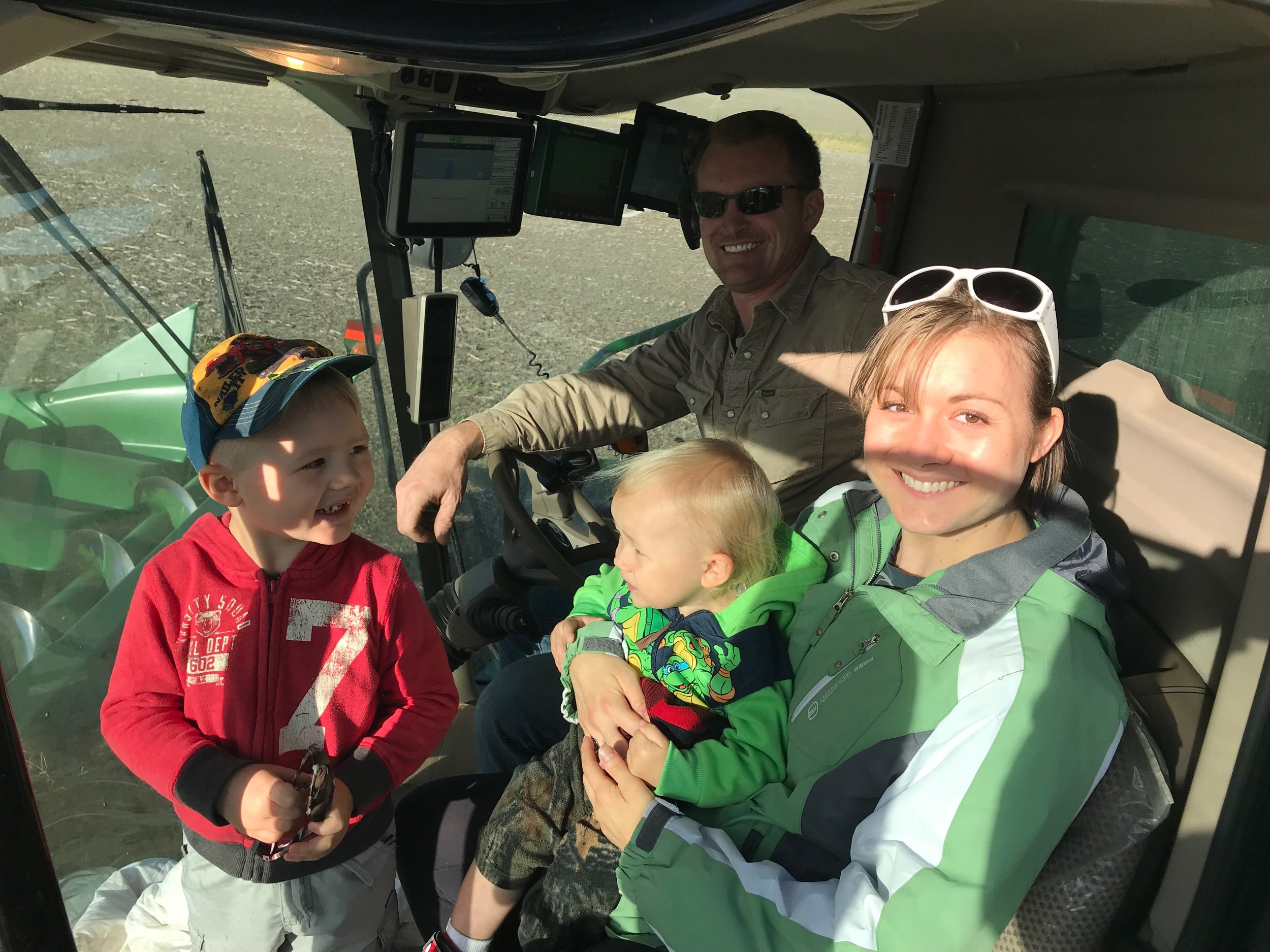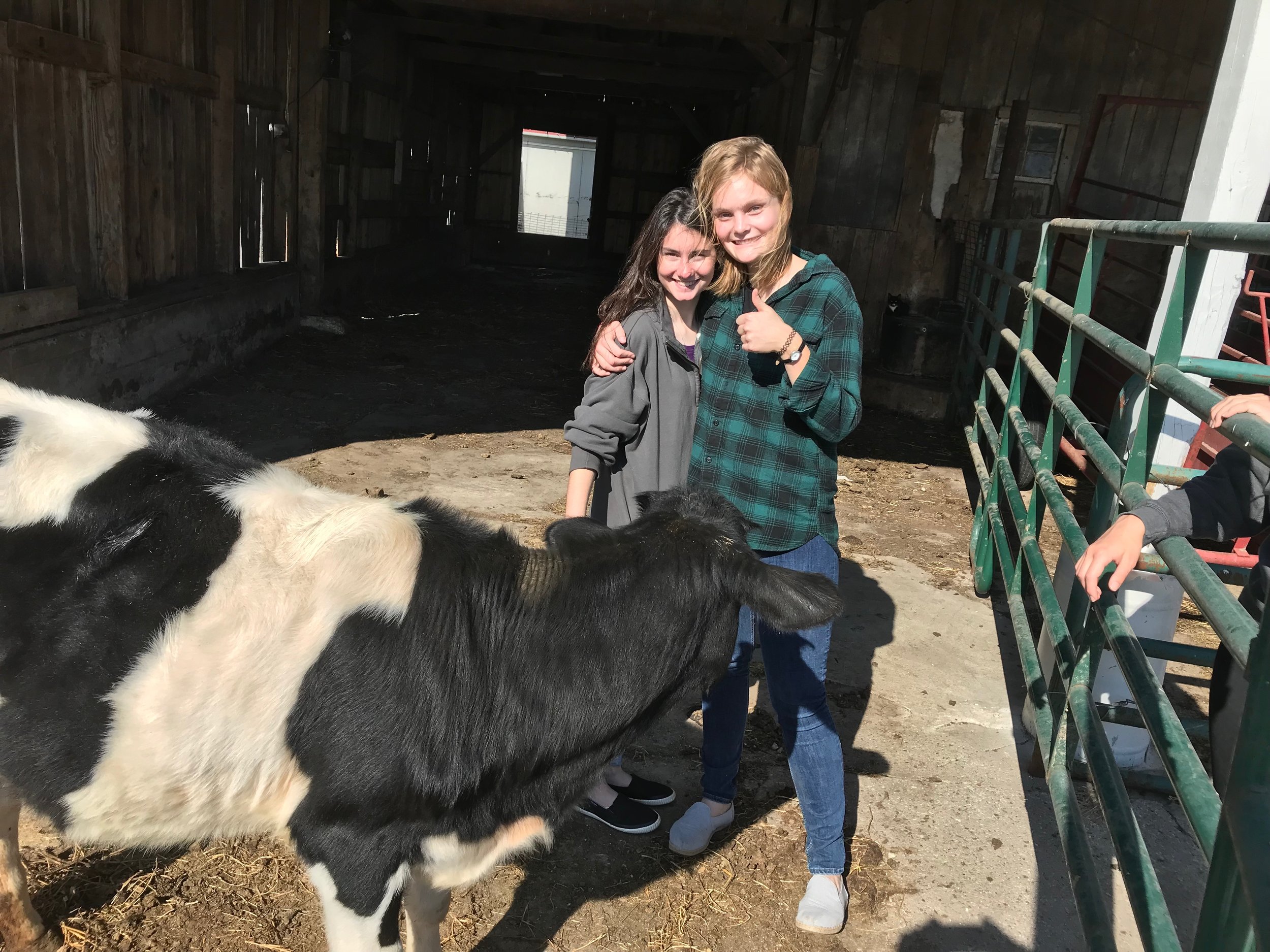April Fools
/
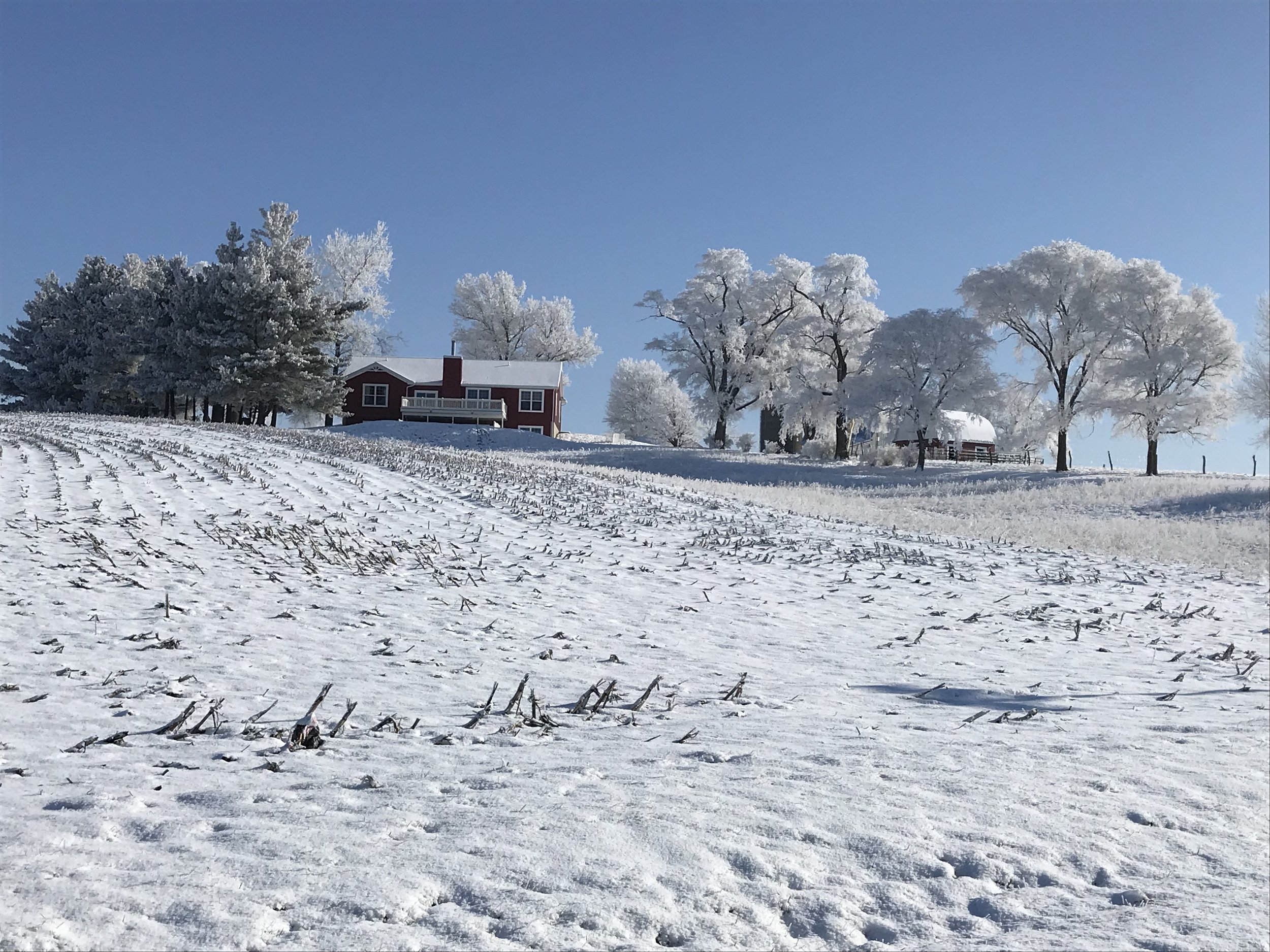
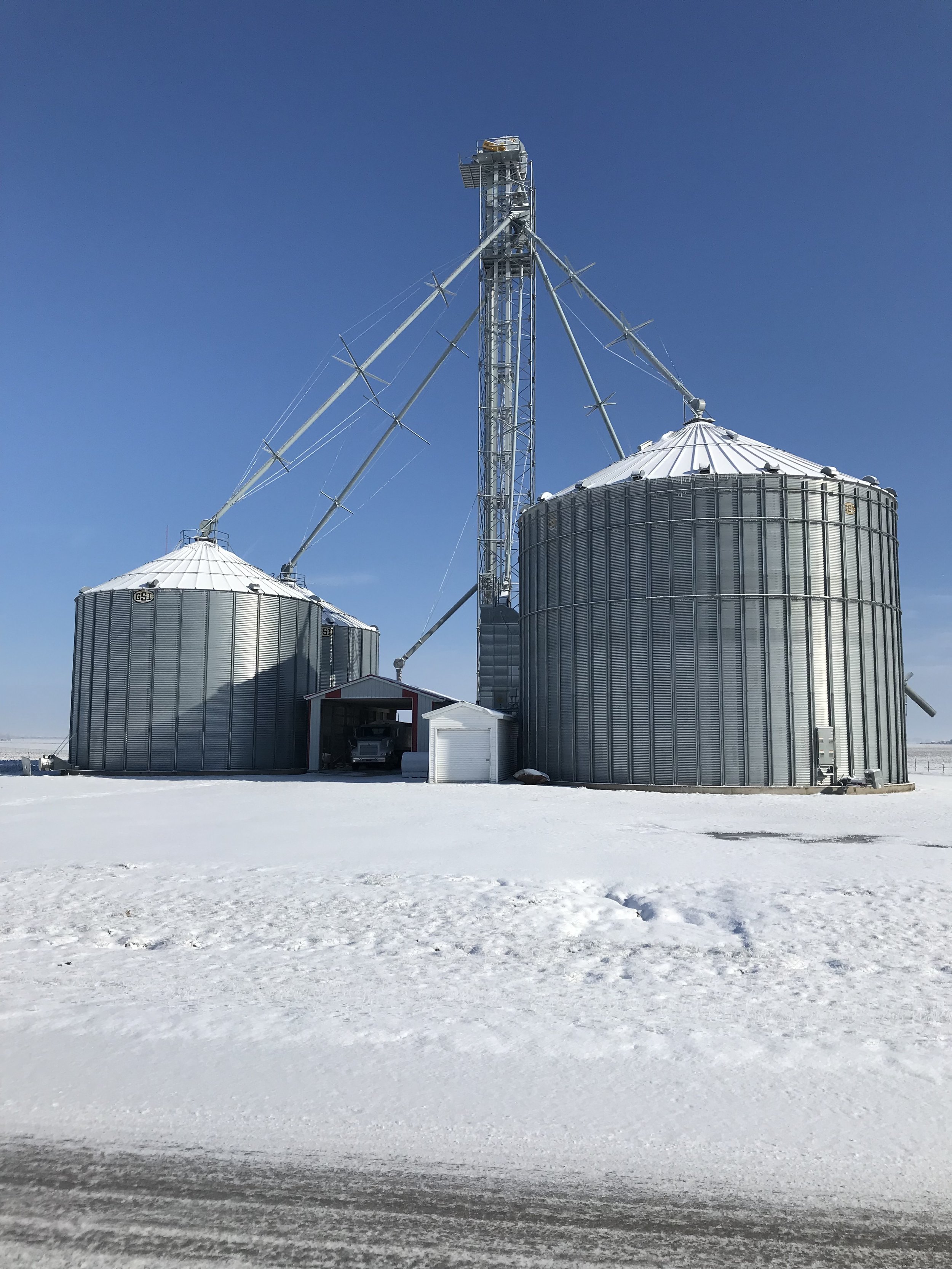
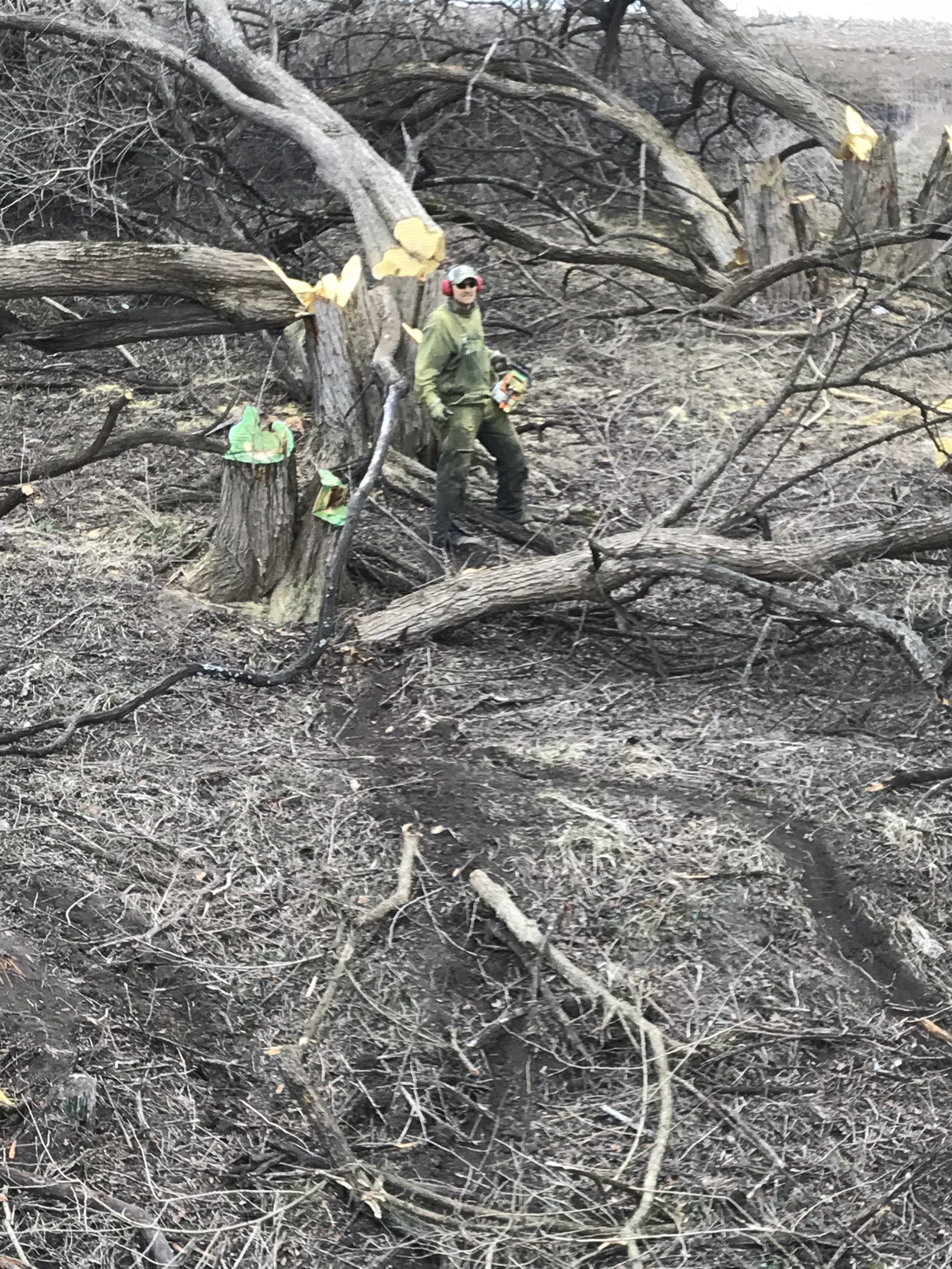
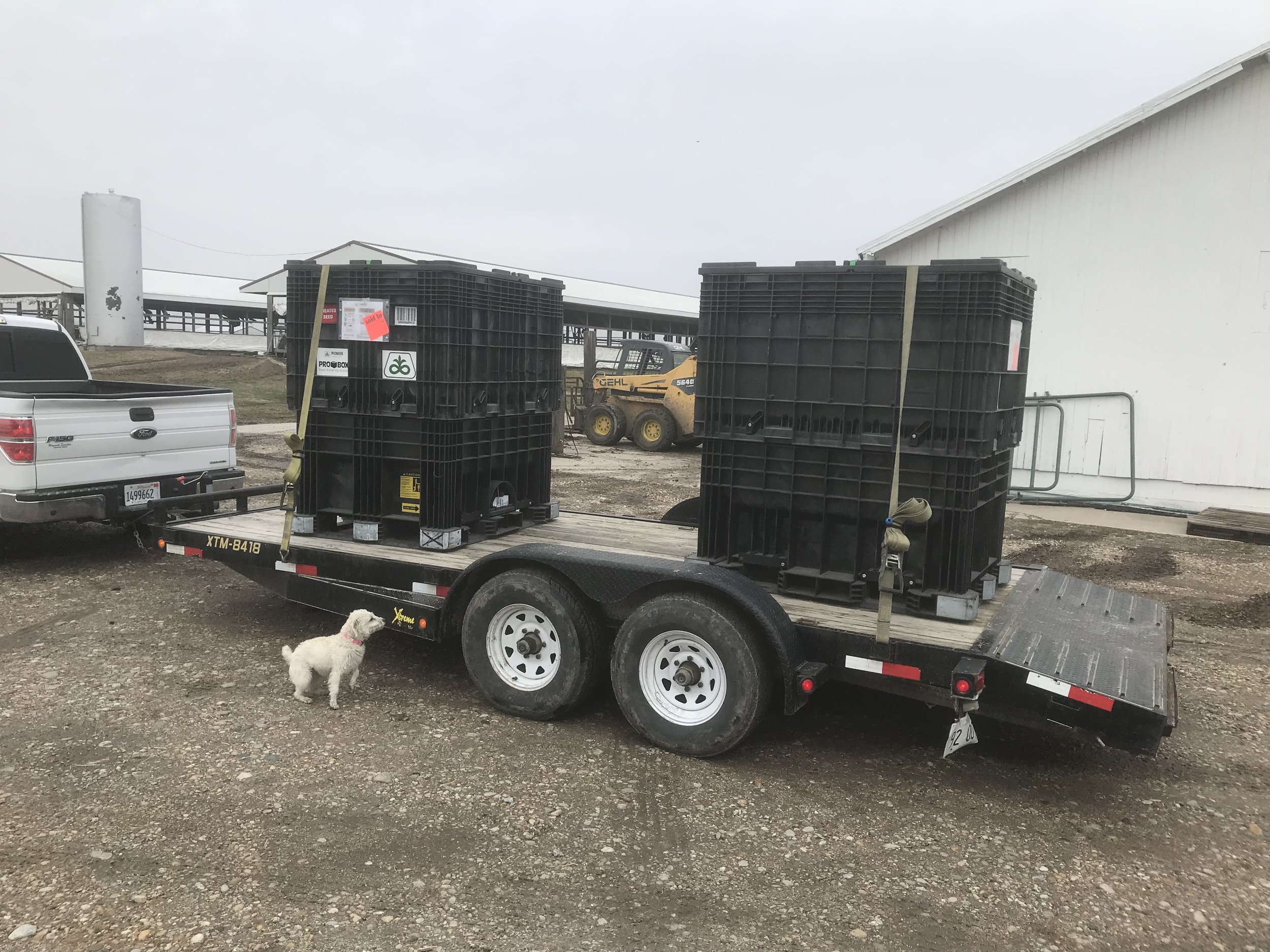
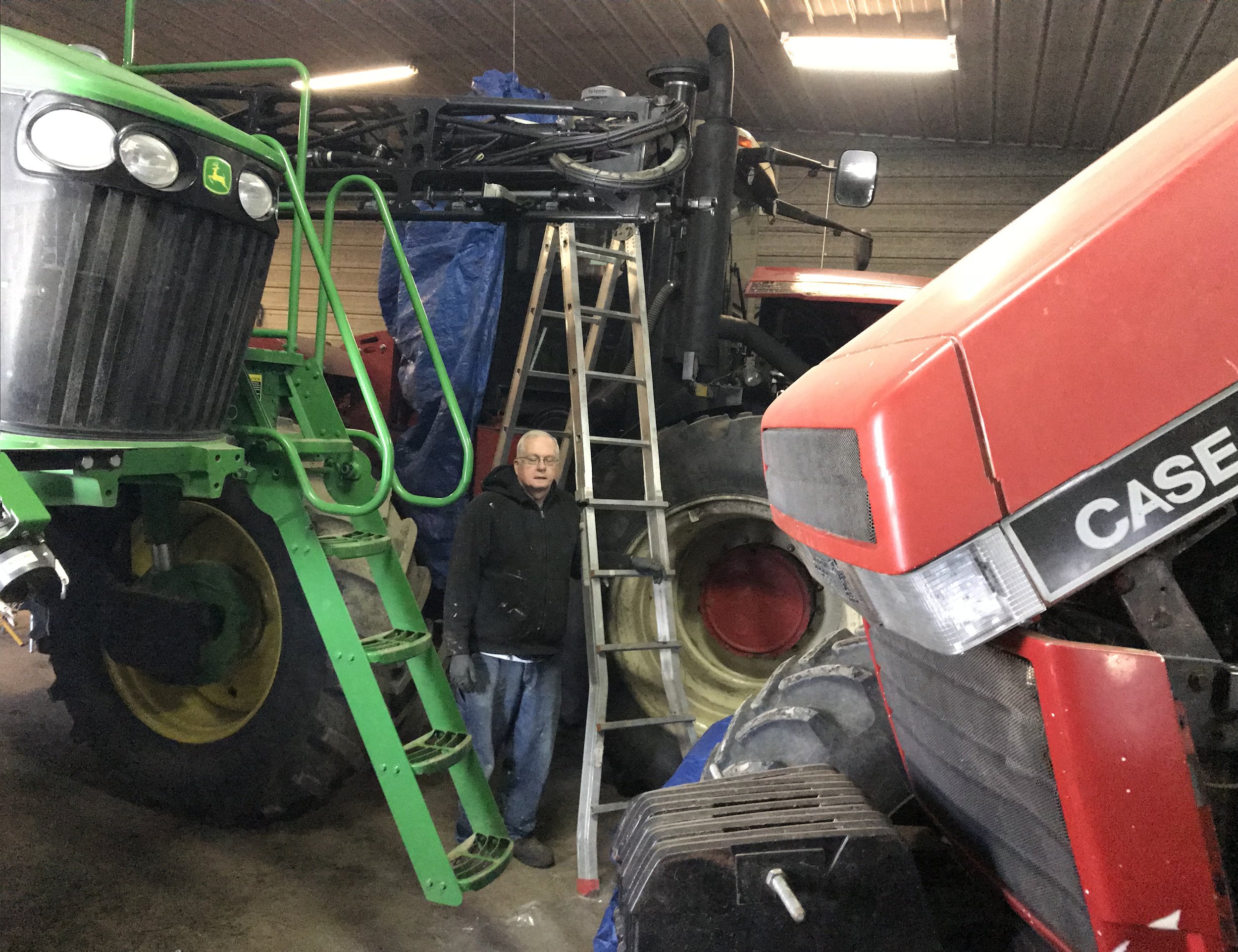



Partners,
Growing up, on the 1st of April every year my mom would wake us up announcing, "It snowed last night!" Then there would be a pause and the words, "Aprils Fools!" Well this year the trick was on us: we received about 3-4 inches of white stuff on April 1st. It was gone the next day, but we enjoyed the beauty of it while it lasted.
On the farm we are keeping busy with hooking up our new (to us) planter, tractor maintenance, building organization, grandbaby sitting, and tree clearing. The weather has not been conducive to planting and it is actually giving the market some support. Today's farmer has proven over and over the past decade that we can put 80% of the crop in the ground in a week, so this delay isn't too serious yet, but another two week forecast of wet and cold will start getting attention. We know one of the keys to high production is early planting.
The farm economy seems to be in a holding pattern. Our friends in the dairy industry are really suffering with low prices, and even the Wall Street Journal picked up on the issue for a front page story. We are watching the trade talk negotiations going on which looks to me like posturing and some scare tactics to let our trading partners know we are tired of giving away the farm to reach a deal. If nothing else our president does have a lot of experience making deals. Stay tuned where this one goes, and ag is usually one of the first whipping boys for retaliatory measures.
The family is doing well and we appreciate all the blessings of health and new life. Opa and Oma got to meet their 10th great-grandchild (our niece's son) this week. Alison is still in college search mode for the right fit. Our house reconstruction has begun and looks to be a longer process than we would prefer, but it'll be nice when it's done.
Fall Prices:
Corn 3.80
Soybeans 10.09
Keep in touch,
Steve









